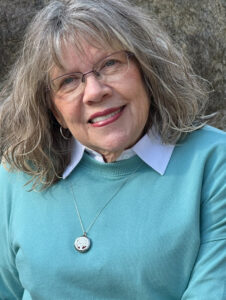Headstone Rubbings or Cleanings Could Lead to Grave Consequences
By Debra DuPree Williams @DDuPreeWilliams
Most of you know that I have a novel under contract with Lighthouse Publishing of the Carolinas. I am thrilled to the marrow, to say the least. This week, I finished all the major editing. At least for this round. I have no clue how LPC will change it once they see it. Suffice it to say, I have many more rounds of edits to go before this book comes out.
While working this week, I had to do some Google searches for one of the scenes in the book—Grave Consequences: A Charlotte Graves “Digging Up Dirt” Southern Mystery. Charlotte spends a lot of time in cemeteries. In one scene, she is preparing to do headstone rubbings.
The Fab Sixties
One thing LPC asked me to do was to change the time frame from current day to 1968. So Charlotte is in 1968. I guess we can forgive her ignorance as this was the norm for the time.
Now, I may have lived through the sixties, but I’ve forgotten a lot of things. We’re so accustomed to the things we use daily, we take it for granted that we’ve always had them.
Not true. I’ve had to research many things. Since Charlotte Graves, my main character, is an amateur genealogist, I had to do a lot of searching for how we did family research back in those days and what products we did and didn’t have at our disposal.
My sister and I didn’t begin our family search until the late eighties and into the nineties, the bulk of it done after 1996. By that time, we had access to the internet and more modern ways of searching for records. However, Bobbie and I did much of the work the old-fashioned way—on foot in cemeteries, courthouses, and libraries. I can’t begin to tell you how many cemeteries we’ve searched.
Paper and Copper and Chalk
One thing we did was to do rubbings of headstones. You take a piece of paper, some even use copper, lay it against the stone and rub either a piece of charcoal or pencil over the surface, thus lifting the wording on the headstone. If a headstone was dark and dirty, we did what was acceptable in the day and we rubbed ordinary chalk over the surface of the stone so that it could be read. Then we snapped a photo of that stone. We did this with many of the old stones belonging to our family members.
However, I read just this week that those practices are not acceptable. I feel terrible about having done these things, but they were the way it was back in the nineties. Now we know that this damages the stones, many just concrete which readily crumbles. You may have seen people cleaning the headstones with a brush and a bucket of something. That is also a no-no. The least invasive thing, the thing that will keep that monument around for many more generations is to do nothing.
Modern Times
Now, we are urged to use either our cell phone or a good digital camera in excellent daylight to capture the image. Editing apps allow one to adjust the image so that even the worst of photographers’ work can be read.
This is just one little tidbit of information I learned while writing Grave Consequences.My research included such things as Tums, Princess phones, cotton crops and peanut crops in south Alabama, seatbelts, popular songs, television, and even foods we ate back then. So, if you grew up in the sixties, I hope you’ll come read about Charlotte and her family and friends. You can let me know what you think.
But if you’re into genealogy, remember these little bits of info. They will ensure that our grands and great-grands and even their great-grands will be able to read those old headstones. Happy hunting!
Have you done headstone rubbings? I hope you will share this new thinking with your friends and family. Share your thoughts with us.
TWEETABLE


No Comments